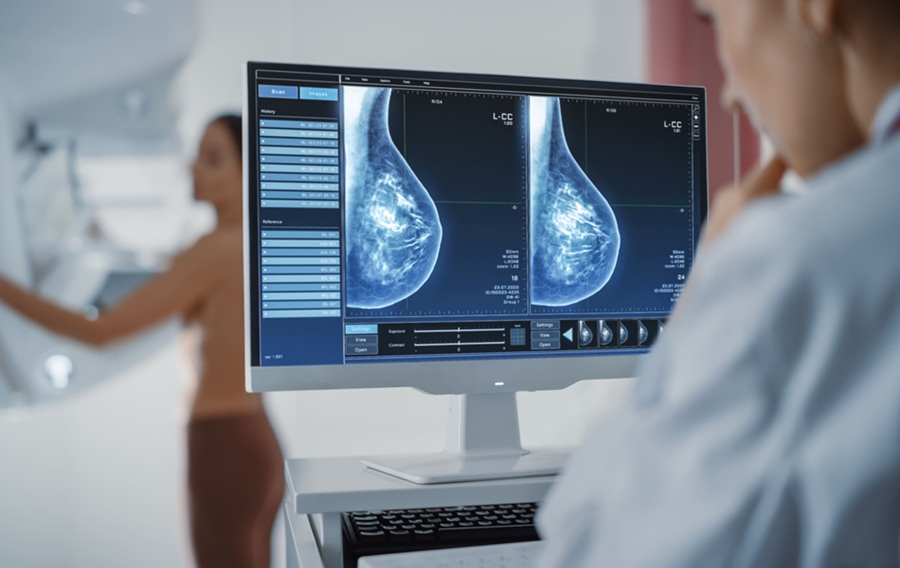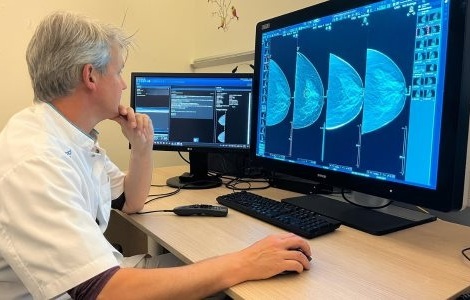Global Radiation Dose Management Market to Reach USD 1.3 Billion by 2026
|
By MedImaging International staff writers Posted on 03 Sep 2018 |
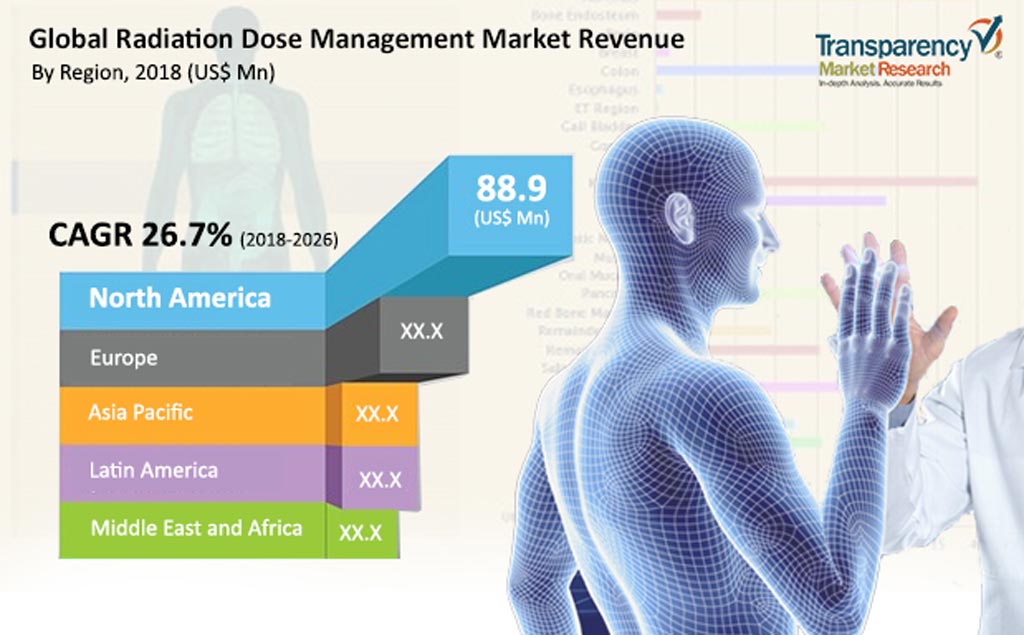
Image: The global radiation dose management market is projected to reach USD 1.36 billion by 2026 (Photo courtesy of Transparency Market Research).
The global radiation dose management market was valued at USD 143.2 million in 2017 and is projected to register a CAGR of 26.7% from 2018 to 2026 to reach USD 1.36 billion in 2026.
The market growth will be driven by an increase in the prevalence of chronic diseases, rising geriatric population, growing safety concerns, improving quality of patient care, higher demand for medical imaging in the emerging economies in Asia Pacific, Latin America, and Middle East & Africa, and technological advancements. Other factors such as increase in government funding for setting up high quality health care infrastructure and prevent high radiation dose, rise in the usage of integrated software in medical imaging devices which enables interlinking of various images and databases, and higher reimbursement from the government and private sector for oncology treatment are expected to further propel the growth of the global radiation dose management market during the forecast period.
These are the latest findings of Transparency Market Research, (Albany, NY, USA), a global market intelligence company providing business information reports and services.
Based on modality, the computed tomography segment held the largest market share in 2017 due to the increase in number of diseases and requirement of CT scan for diagnosing these diseases. The growth of the radiography and mammography segments is expected to be driven by increased application in the diagnosis and treatment analysis of cancer at various stages and the diagnosis of orthopedic, dental, and chronic conditions such as pneumonia.
In terms of application, the oncology segment dominated the market in 2017 with the largest share and is expected to maintain its dominance during the forecast period, led by the increasing number of cancer cases and orthopedic cases, and the usage of different imaging techniques during the course of their treatment.
Based on end-user, the global radiation dose management market was dominated by the hospitals segment, which held the largest share in 2017 due to the increased preference among patients for hospital pharmacy as all types of diagnosis are widely available in hospitals in comparison to others. Moreover, the increasing incidence of chronic diseases such as cancer and cardiovascular diseases are best treated in hospitals. The growth of the hospitals segment is expected to be driven further by government initiatives to develop health care infrastructure. The contribution of ambulatory centers to the growth of the radiation dose monitoring market remains low on account of the high installment cost of medical devices that restrains clinics from providing this facility.
Geographically, North America held the largest share of the global radiation dose management market in 2017, due to its well-established health care infrastructure, presence of key players, and favorable reimbursement policy. Additionally, North America is witnessing increasing incidences of cancer, cardiovascular diseases, and neurological disorders which require imaging tests for diagnosis. However, the radiation dose management market in Asia Pacific is expected to record the fastest growth during the forecast period, driven by increasing incidence of chronic diseases and growing awareness about diagnosis, especially in China and Japan. Moreover, a surge in investments for enhancing the adoption of health care IT technologies in countries such as India and Australia will further drive the demand for radiation dose management solutions in the Asia Pacific region. The emerging markets such as Latin America and Middle East & Africa are also expected to register a strong growth due to the emergence of key players in these regions and increasing incidence of diseases.
Related Links:
Transparency Market Research
The market growth will be driven by an increase in the prevalence of chronic diseases, rising geriatric population, growing safety concerns, improving quality of patient care, higher demand for medical imaging in the emerging economies in Asia Pacific, Latin America, and Middle East & Africa, and technological advancements. Other factors such as increase in government funding for setting up high quality health care infrastructure and prevent high radiation dose, rise in the usage of integrated software in medical imaging devices which enables interlinking of various images and databases, and higher reimbursement from the government and private sector for oncology treatment are expected to further propel the growth of the global radiation dose management market during the forecast period.
These are the latest findings of Transparency Market Research, (Albany, NY, USA), a global market intelligence company providing business information reports and services.
Based on modality, the computed tomography segment held the largest market share in 2017 due to the increase in number of diseases and requirement of CT scan for diagnosing these diseases. The growth of the radiography and mammography segments is expected to be driven by increased application in the diagnosis and treatment analysis of cancer at various stages and the diagnosis of orthopedic, dental, and chronic conditions such as pneumonia.
In terms of application, the oncology segment dominated the market in 2017 with the largest share and is expected to maintain its dominance during the forecast period, led by the increasing number of cancer cases and orthopedic cases, and the usage of different imaging techniques during the course of their treatment.
Based on end-user, the global radiation dose management market was dominated by the hospitals segment, which held the largest share in 2017 due to the increased preference among patients for hospital pharmacy as all types of diagnosis are widely available in hospitals in comparison to others. Moreover, the increasing incidence of chronic diseases such as cancer and cardiovascular diseases are best treated in hospitals. The growth of the hospitals segment is expected to be driven further by government initiatives to develop health care infrastructure. The contribution of ambulatory centers to the growth of the radiation dose monitoring market remains low on account of the high installment cost of medical devices that restrains clinics from providing this facility.
Geographically, North America held the largest share of the global radiation dose management market in 2017, due to its well-established health care infrastructure, presence of key players, and favorable reimbursement policy. Additionally, North America is witnessing increasing incidences of cancer, cardiovascular diseases, and neurological disorders which require imaging tests for diagnosis. However, the radiation dose management market in Asia Pacific is expected to record the fastest growth during the forecast period, driven by increasing incidence of chronic diseases and growing awareness about diagnosis, especially in China and Japan. Moreover, a surge in investments for enhancing the adoption of health care IT technologies in countries such as India and Australia will further drive the demand for radiation dose management solutions in the Asia Pacific region. The emerging markets such as Latin America and Middle East & Africa are also expected to register a strong growth due to the emergence of key players in these regions and increasing incidence of diseases.
Related Links:
Transparency Market Research
Latest Industry News News
- GE HealthCare and NVIDIA Collaboration to Reimagine Diagnostic Imaging
- Patient-Specific 3D-Printed Phantoms Transform CT Imaging
- Siemens and Sectra Collaborate on Enhancing Radiology Workflows
- Bracco Diagnostics and ColoWatch Partner to Expand Availability CRC Screening Tests Using Virtual Colonoscopy
- Mindray Partners with TeleRay to Streamline Ultrasound Delivery
- Philips and Medtronic Partner on Stroke Care
- Siemens and Medtronic Enter into Global Partnership for Advancing Spine Care Imaging Technologies
- RSNA 2024 Technical Exhibits to Showcase Latest Advances in Radiology
- Bracco Collaborates with Arrayus on Microbubble-Assisted Focused Ultrasound Therapy for Pancreatic Cancer
- Innovative Collaboration to Enhance Ischemic Stroke Detection and Elevate Standards in Diagnostic Imaging
- RSNA 2024 Registration Opens
- Microsoft collaborates with Leading Academic Medical Systems to Advance AI in Medical Imaging
- GE HealthCare Acquires Intelligent Ultrasound Group’s Clinical Artificial Intelligence Business
- Bayer and Rad AI Collaborate on Expanding Use of Cutting Edge AI Radiology Operational Solutions
- Polish Med-Tech Company BrainScan to Expand Extensively into Foreign Markets
- Hologic Acquires UK-Based Breast Surgical Guidance Company Endomagnetics Ltd.
Channels
Radiography
view channel
X-Ray Breakthrough Captures Three Image-Contrast Types in Single Shot
Detecting early-stage cancer or subtle changes deep inside tissues has long challenged conventional X-ray systems, which rely only on how structures absorb radiation. This limitation keeps many microstructural... Read more
AI Generates Future Knee X-Rays to Predict Osteoarthritis Progression Risk
Osteoarthritis, a degenerative joint disease affecting over 500 million people worldwide, is the leading cause of disability among older adults. Current diagnostic tools allow doctors to assess damage... Read moreMRI
view channel
Novel Imaging Approach to Improve Treatment for Spinal Cord Injuries
Vascular dysfunction in the spinal cord contributes to multiple neurological conditions, including traumatic injuries and degenerative cervical myelopathy, where reduced blood flow can lead to progressive... Read more
AI-Assisted Model Enhances MRI Heart Scans
A cardiac MRI can reveal critical information about the heart’s function and any abnormalities, but traditional scans take 30 to 90 minutes and often suffer from poor image quality due to patient movement.... Read more
AI Model Outperforms Doctors at Identifying Patients Most At-Risk of Cardiac Arrest
Hypertrophic cardiomyopathy is one of the most common inherited heart conditions and a leading cause of sudden cardiac death in young individuals and athletes. While many patients live normal lives, some... Read moreUltrasound
view channel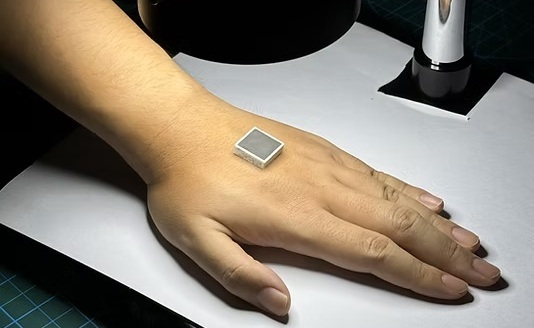
Wearable Ultrasound Imaging System to Enable Real-Time Disease Monitoring
Chronic conditions such as hypertension and heart failure require close monitoring, yet today’s ultrasound imaging is largely confined to hospitals and short, episodic scans. This reactive model limits... Read more
Ultrasound Technique Visualizes Deep Blood Vessels in 3D Without Contrast Agents
Producing clear 3D images of deep blood vessels has long been difficult without relying on contrast agents, CT scans, or MRI. Standard ultrasound typically provides only 2D cross-sections, limiting clinicians’... Read moreNuclear Medicine
view channel
PET Imaging of Inflammation Predicts Recovery and Guides Therapy After Heart Attack
Acute myocardial infarction can trigger lasting heart damage, yet clinicians still lack reliable tools to identify which patients will regain function and which may develop heart failure.... Read more
Radiotheranostic Approach Detects, Kills and Reprograms Aggressive Cancers
Aggressive cancers such as osteosarcoma and glioblastoma often resist standard therapies, thrive in hostile tumor environments, and recur despite surgery, radiation, or chemotherapy. These tumors also... Read more
New Imaging Solution Improves Survival for Patients with Recurring Prostate Cancer
Detecting recurrent prostate cancer remains one of the most difficult challenges in oncology, as standard imaging methods such as bone scans and CT scans often fail to accurately locate small or early-stage tumors.... Read moreGeneral/Advanced Imaging
view channel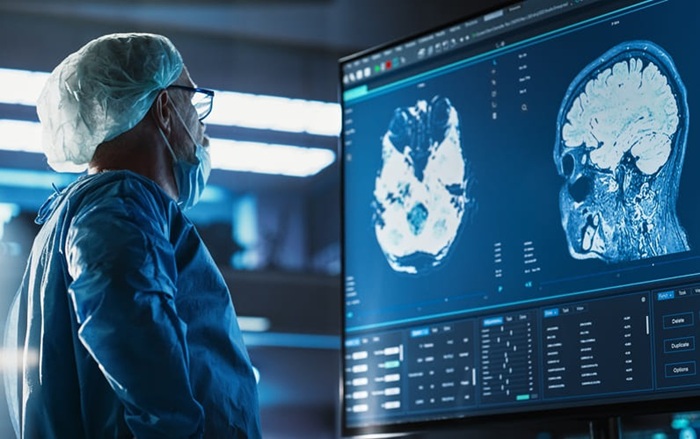
3D Scanning Approach Enables Ultra-Precise Brain Surgery
Precise navigation is critical in neurosurgery, yet even small alignment errors can affect outcomes when operating deep within the brain. A new 3D surface-scanning approach now provides a radiation-free... Read more
AI Tool Improves Medical Imaging Process by 90%
Accurately labeling different regions within medical scans, a process known as medical image segmentation, is critical for diagnosis, surgery planning, and research. Traditionally, this has been a manual... Read more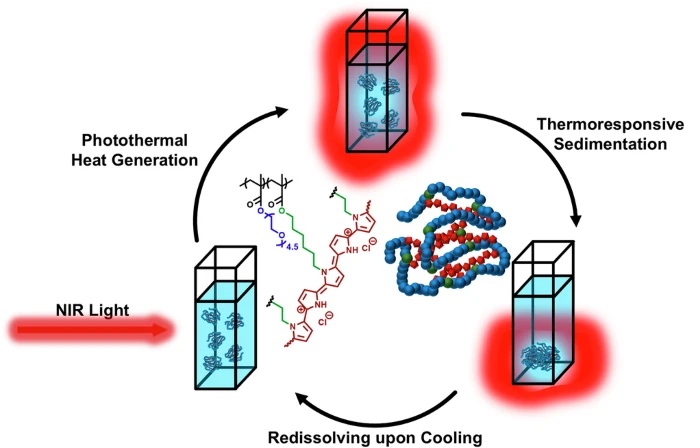
New Ultrasmall, Light-Sensitive Nanoparticles Could Serve as Contrast Agents
Medical imaging technologies face ongoing challenges in capturing accurate, detailed views of internal processes, especially in conditions like cancer, where tracking disease development and treatment... Read more
AI Algorithm Accurately Predicts Pancreatic Cancer Metastasis Using Routine CT Images
In pancreatic cancer, detecting whether the disease has spread to other organs is critical for determining whether surgery is appropriate. If metastasis is present, surgery is not recommended, yet current... Read moreImaging IT
view channel
New Google Cloud Medical Imaging Suite Makes Imaging Healthcare Data More Accessible
Medical imaging is a critical tool used to diagnose patients, and there are billions of medical images scanned globally each year. Imaging data accounts for about 90% of all healthcare data1 and, until... Read more












